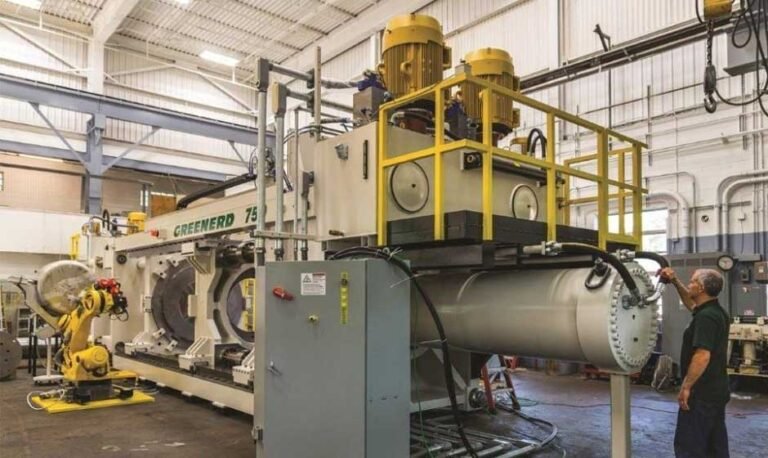When a factory needs to turn raw stock into finished goods on schedule, the press machine normally stands at the heart of the action. From shaping auto panels to molding everyday household items, this workhorse applies controlled force with remarkable accuracy. Its task sounds simple—push, cut, or bend a material—but the effect on daily output is huge. A reliable press machine keeps tasks moving, stations balanced, and quality steady.
What Is a Press Machine and What Does It Do?
A press machine uses pressure to change the form or size of a workpiece, most often metal or plastic. You will see one wherever large volumes roll off the line—auto plants, appliance shops, even small metal studios. The machine can punch, pierce, bend, or squeeze with far greater speed and repeatability than manual labor allows.
Each stroke produces a part identical to the last, so holes line up, edges match, and size differences stay small. That uniform result is critical when thousands or even millions of pieces must leave the dock looking and working exactly alike.
Types of Press Machines You’ll See in Factories
Press machines come in several styles, each tuned to a specific task. A mechanical press relies on a motor, flywheel, and simple linkages to deliver fast, steady strokes—ideal for quickly stamping thin sheets. A hydraulic press trades moving linkages for oil-driven cylinders, giving slow but powerful muscle that can shape thick plates or pull deep forms.
Pneumatic presses use compressed air for lighter duty and rapid cycling. Some units are giant, anchored frames that never leave their bay; others sit on wheels so a technician can roll them where needed. Choosing the right press machine hinges on the job at hand: sturdy hydraulic power for heavy-gauge bends and swift mechanical action for small parts in large batches.
Why Press Machines Are Vital to Production Lines
If the press machine were taken away, production would slow down to a crawl. This single tool cuts cycle time, trims scrap, and lifts the heaviest work of the crew, which means safer stations and less fatigue. You will find it shaping refrigerator doors, crimping aircraft fittings, and pressing phone cases—almost every item that starts as a sheet or bar passes under a ram at some point.
Once adjusted, the press machine repeats its motion faultlessly, hour after hour, letting planners fill orders without giving up on quality. For any plant trying to turn out more in less time, the press machine moves from helpful to absolutely essential.
Keeping Things Running Smoothly With the Right Tools
Like any asset, the press machine delivers value only when it is cared for. Regular checks of seals, belts, and working surfaces keep clearances tight and prevent drift in part size. Fresh lubricant on guides and bearings stops heat and wear from building up.
Many units rely on fluid power—oil or air systems that drive the ram in a smooth, forceful stroke—so clean filters and hoses are a must. A small investment in upkeep guards against sudden stoppages, lost orders, and steep repair bills. In short, a press machine that follows a sound service schedule stays productive, safe, and profitable.


